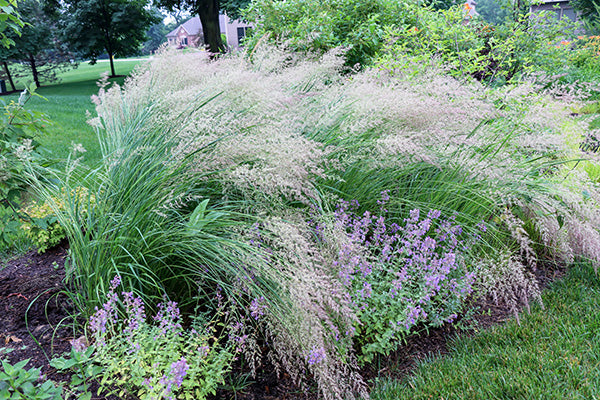Body, soul and gardening - low allergen gardens

Summer in the garden can be unpleasant for hay fever and asthma sufferers, but this needn’t be the case with the right plant choices. Here’s what to consider.
As a rule, plants pollinated by insects, rather than wind, cause fewer problems. Their pollen is heavier than particles carried on the wind, which is more easily inhaled and gets into the membranes of our nose and eyes more easily.
Plants with hooded or tubular flowers such as foxgloves, penstemon, salvias and agapanthus, where their pollen is enclosed inside the flowers and dispersed by insects, are less of a problem. Irises, peonies, astrantias, violets and pansies that attract pollinators are also kinder to allergy sufferers.
Strongly perfumed plants such as lilies can trigger hay fever, so are best replaced with lightly scented flowers or put further back in borders. Wind-pollinated trees such as birch, sycamore and hazel produce lots of pollen in the summer - fruit trees with blossom such as cherries, apples, cornus and amelanchier are a safer bet. In terms of hedges, avoid those that produce catkins and opt for flowering shrubs such as hawthorn, choisya and escallonia.
Whilst many ornamental grasses tend to be wind-pollinated and should be avoided, sterile or low-pollen varieties, such as Calamagrostis x acutiflora ‘Karl Foerster’ are better. Grass in general is not ideal, so either use lawn alternatives such as decking or gravel, or lie on a sun lounger so your nose isn’t too close to the pollen, and avoid letting it flower.











